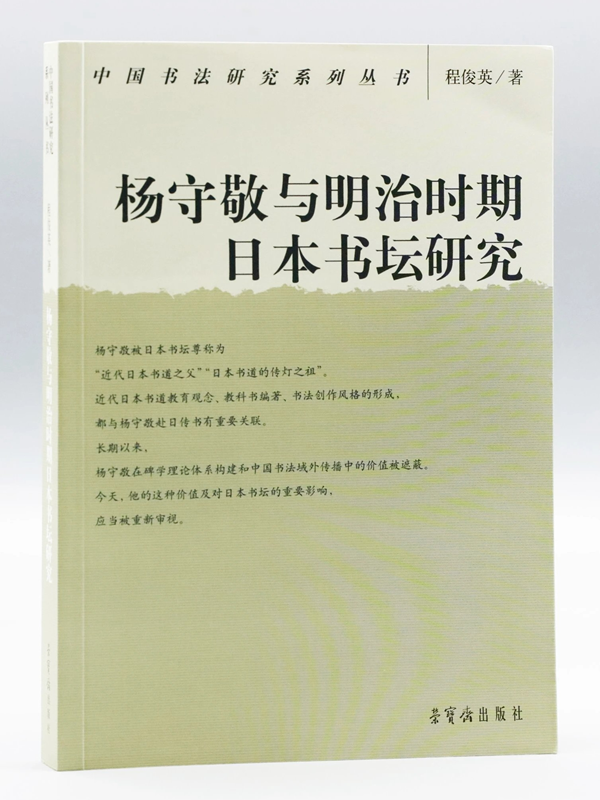
Yang Shoujing and the Study of the Calligraphy World in the Meiji Period of Japan
Paper Back
2024-09-01 | ISBN: 978-7-5003-2622-9
Rights Manager: Zheng Shuo
Phone: 010-63033924
Introduction
In the study of the history of calligraphy during the Qing Dynasty and the exchange of calligraphy between China and Japan, Yang Shoujing is an important figure. The development of epigraphic studies in the Qing Dynasty began with Ruan Yuan's On the Northern and Southern Schools of Calligraphy, and was further deepened by Bao Shichen's Yizhou Shuangji, while Kang Youwei's Guang Yizhou Shuangji culminated in the theoretical achievements of epigraphic studies. As a follower of the thoughts of Ruan Yuan and Bao Shichen, Yang Shoujing further deepened the theories of epigraphic studies, becoming an essential part of the development of epigraphic studies in the Qing Dynasty and laying a solid theoretical foundation for Kang Youwei's Guang Yizhou Shuangji. In the 13th year of the Meiji era (1886), Yang Shoujing was invited by He Ruzhang, the Qing ambassador to Japan, to travel to Japan as an accompanying staff member of the embassy. His ideas on epigraphy served as a 'catalyst' for the transformation of the calligraphy world in the Meiji era. He opened a new understanding of 'Six Dynasties Calligraphy' among Japanese calligraphers and was honored as the 'father of modern Japanese calligraphy.'
